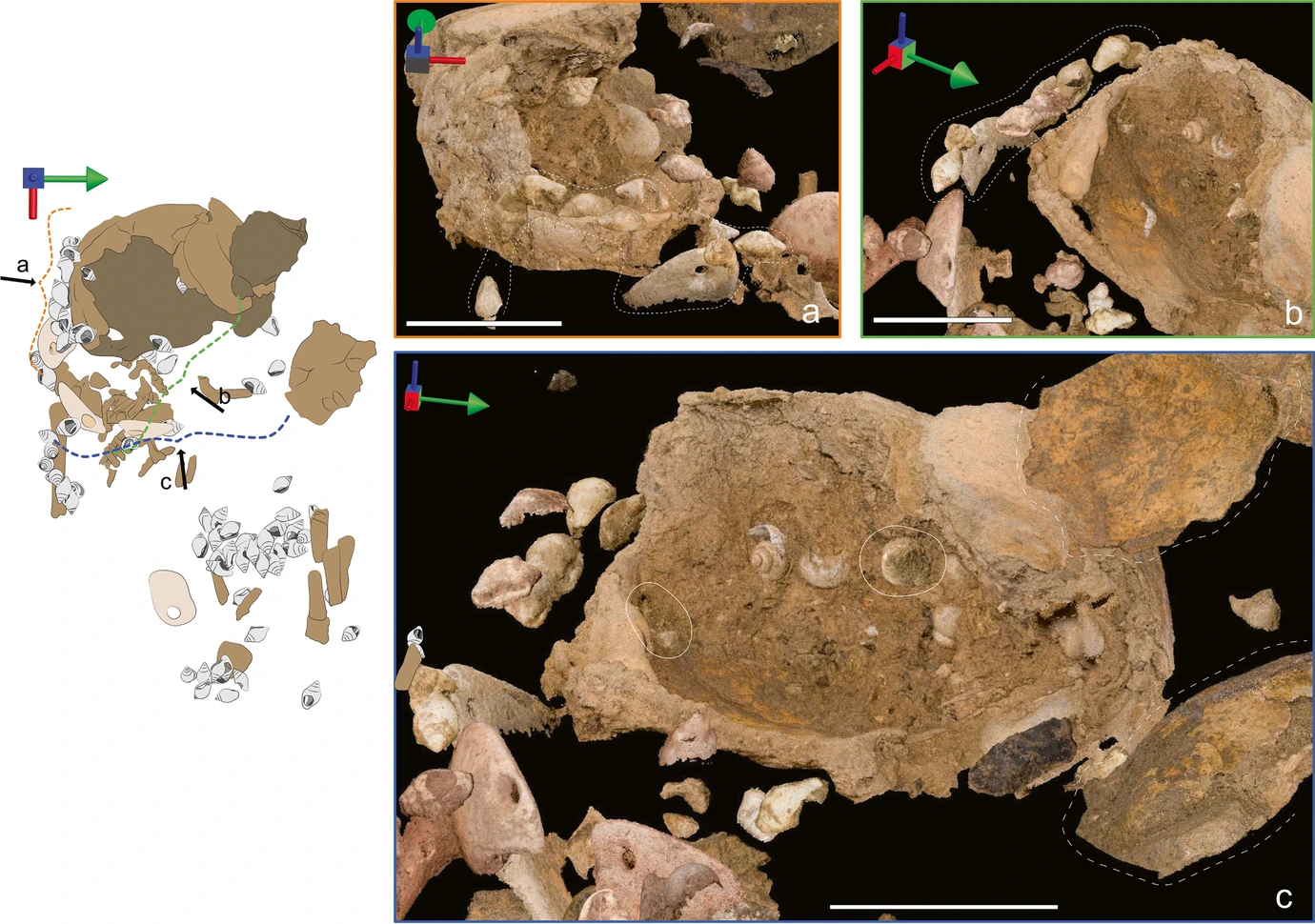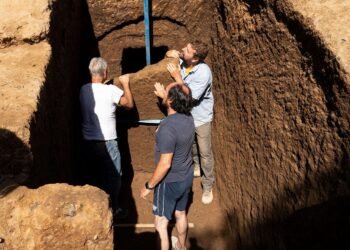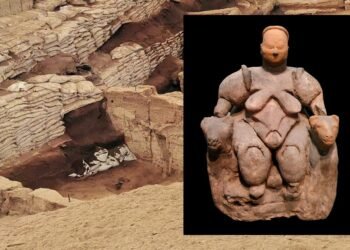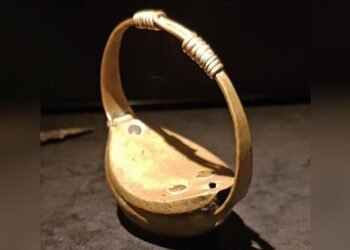The authors of a recent article in the Journal of Archaeological Method and Theory report evidence suggesting the use of baby carriers 10,000 years ago at the Arma Veirana site in Liguria, Italy. This study, led by Claudine Gravel-Miguel, PhD, of Arizona State University, includes contributions from Jamie Hodgkins, PhD, an Associate Professor of Anthropology at the University of Colorado Denver and a co-principal investigator on the Arma Veirana excavation.

Evidence for prehistoric baby carriers is extremely rare. Organic materials used to craft the earliest carriers do not preserve well in the archaeological record, and infant burials from prehistoric times are scarce. The Arma Veirana site, which contains the oldest documented burial of a female infant in Europe—a 40- to 50-day-old baby nicknamed Neve—is an exceptional find. Researchers employed innovative analytical techniques to examine perforated shell beads discovered at the site, extracting new information.
The team utilized a high-definition 3D photogrammetry model of the burial, combined with microscopic observations and micro-CT scan analyses of the beads, to reconstruct details about the burial and how the beads were used by Neve and her community both in life and death.
Findings suggest that the beads were likely sewn onto leather or cloth used to wrap Neve for burial. This ornamentation consisted of approximately 70 small, pierced shell beads and four large, pierced shell pendants, unlike anything previously documented. Most beads exhibited significant wear marks that could not have been produced during Neve’s brief life, indicating they were heirlooms passed down to her.
“Given the effort invested in creating and reusing these ornaments over time, it is striking that the community chose to part with them in the burial of such a young individual,” said Gravel-Miguel. “Our research suggests that these beads and pendants likely adorned Neve’s carrier, which was buried alongside her.”
The study hypothesizes that Neve’s culture may have decorated her carrier with beads to protect her from harm, drawing on ethnographic parallels with modern hunter-gatherer societies where baby carriers are similarly adorned. However, Neve’s death might have been interpreted as a failure of these protective measures, prompting the community to bury the carrier rather than reuse it.
“Infant burials are so rare, and this one included an extraordinary number of beads,” said Hodgkins. “Examining the wear patterns and the arrangement of the ornaments around the infant allowed us to determine that these beads were handed down and that Neve was wrapped in a manner resembling a baby carrier. This unique glimpse into the past provides a poignant connection to a tragic event from so long ago
More information: Gravel-Miguel, C., Cristiani, E., Hodgkins, J. et al. The Ornaments of the Arma Veirana Early Mesolithic Infant Burial. J Archaeol Method Theory (2022). https://doi.org/10.1007/s10816-022-09573-7
























